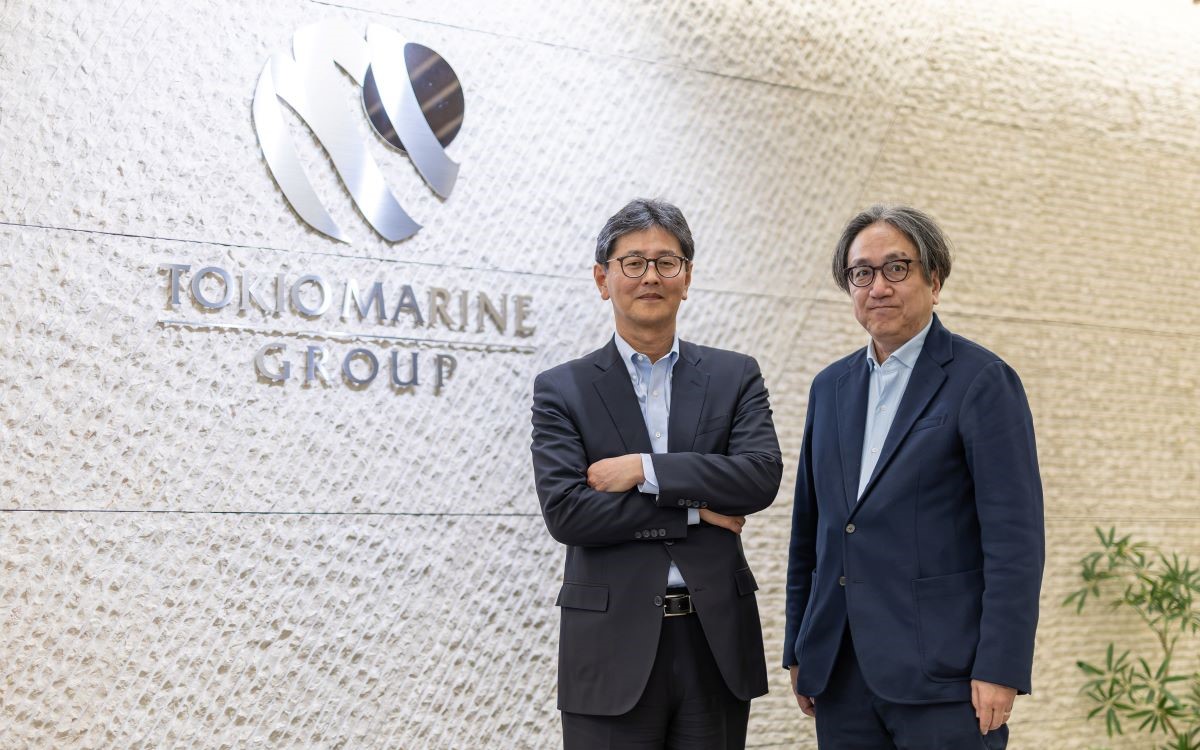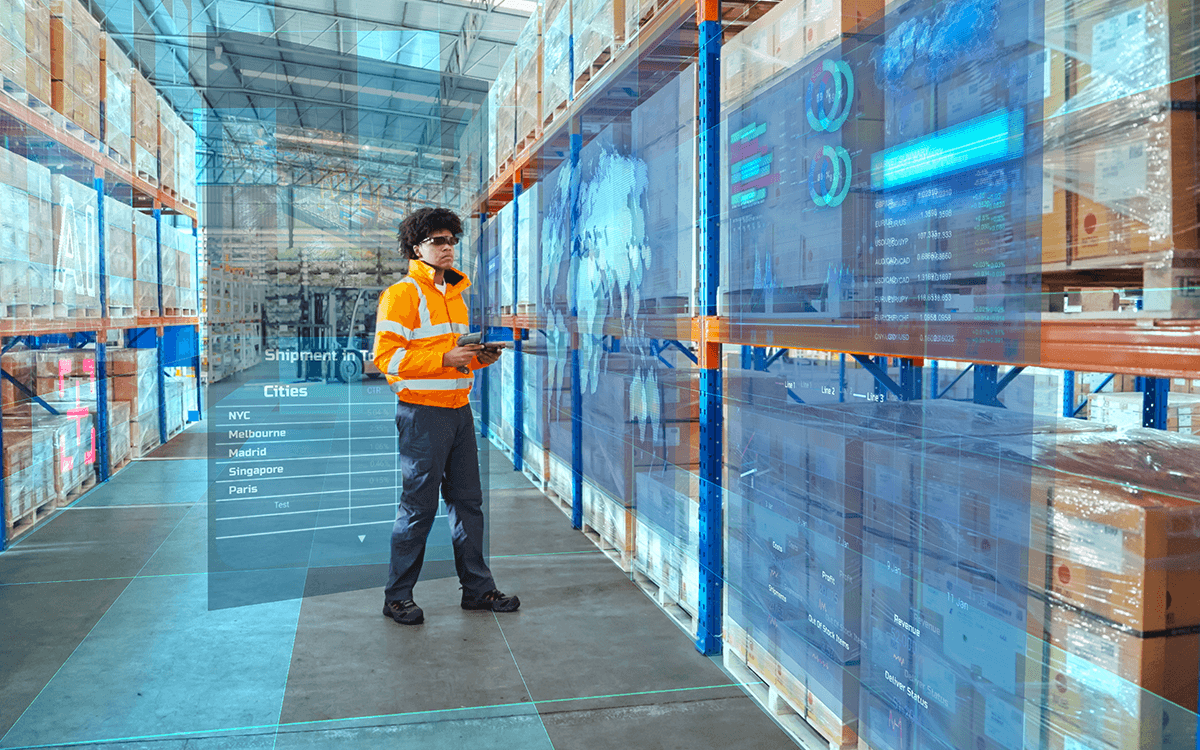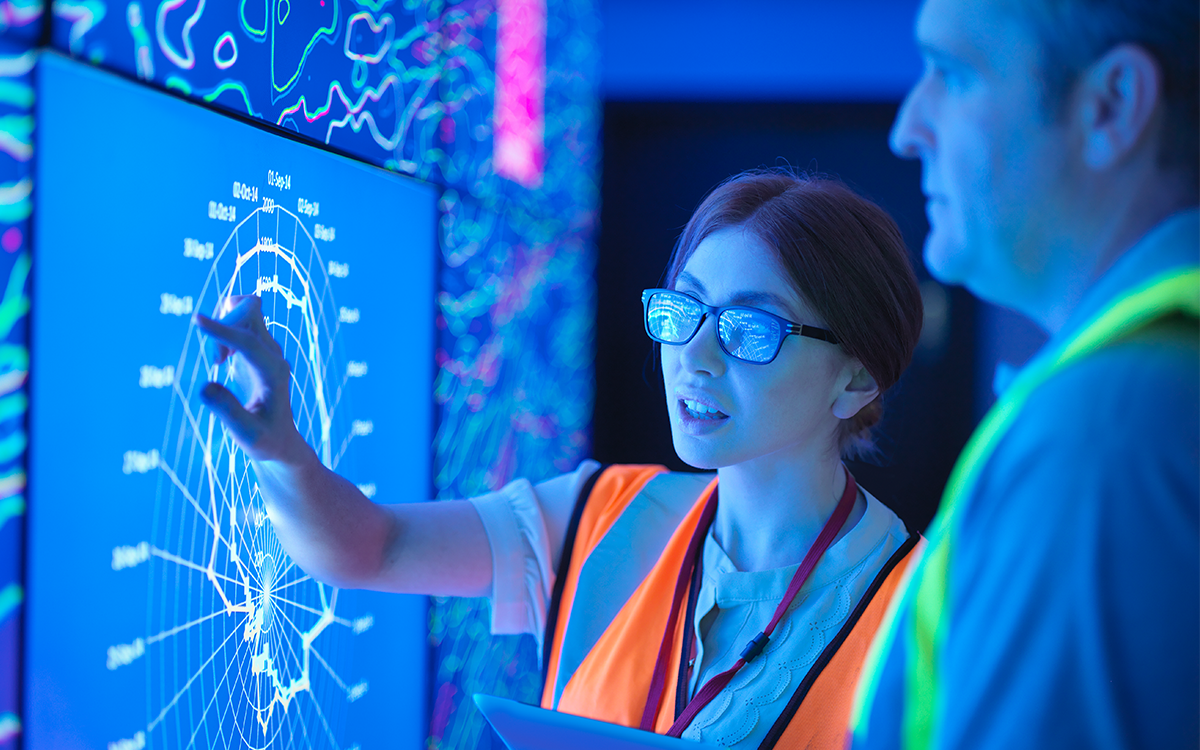Bringing the energy and utilities sector into the CX digital age
Fujitsu / March 27, 2024
The digital age has brought with it a host of customer experience (CX) improvements. From automated, self-service offerings to effortless omnichannel experiences, the modern consumer has grown used to a higher quality of service and near-constant access to the companies they deal with.
As technology progresses further, these expectations will grow to match. That’s why, in industries such as retail, maintaining continuous CX improvements has formed part of the overall business development strategy for a long time. For public services like energy and utilities providers, strategies have more often centered on building resilient infrastructures or navigating the transition to clean energy. But, the energy and utilities landscape is transitioning away from these established monopolies, and now providers must compete for customers in order to afford further transformation.
There are real business and operational benefits to building a resilient and responsive customer experience strategy, but knowing where to begin can be a complex ask for providers who – due to pressures outside of their control – are now starting from further behind other industries. Fujitsu can help here. The first step? Understanding the role CX plays within the industry as a whole.
The reality of CX in the energy and utilities industry
Customers are often unaware of the unique pressures being levied against energy and utilities providers, and are known to view the levels of care in comparison with other organizations they use. Unfortunately, in their eyes, energy and utilities providers can often fall short.
For instance, customer contact in this space typically occurs when there are service-related issues. Of course, these instances are beyond providers’ control, and therefore pose a unique CX dynamic with customers who, naturally, have high expectations for reliability. What might be perceived as ‘simply needing to fix an outage’ actually requires tackling complex supply issues or managing the effects of natural disasters.
There are other challenges which set energy and utilities apart from contemporary industries, too. Things like the complex regulatory landscape, which places further obstacles in the way of CX improvements. The need to petition for rate increases to fund service improvements can mean that CX is often overshadowed by the need to instead meet pressing targets such as those related to sustainability. Perhaps more than any other industry, the sector faces scrutiny from an ever-changing political landscape, and must constantly evolve to meet expectations.
In a practical sense, providers running on legacy technology can struggle to facilitate the kind of digital transformation required to improve overall CX quality. Again, the business case for many of these technologies must take into account the amount of budget earmarked for the huge infrastructure changes required to build a more sustainable future.
With all this in mind, it’s clear why providers have struggled to prioritize CX strategies in the past. However, at Fujitsu we understand that customer satisfaction is not separate from these issues. In fact, it feeds into many of them; building a stronger CX strategy can enable further service improvements as a result.
Now, commissions take customer satisfaction ratings into account when considering rate increases, which means that customer experience has become one of the pillars on which an improved infrastructure can be built. Balancing priorities is therefore vital.
Understanding the end-to-end customer journey with data
It follows that improving your overall service provision requires building a customer-centric approach that brings your customers on the journey with you. Navigating that improvement strategy is often complex – but the best place to start is with your data.
In the past, data has been heavily siloed and inaccessible. This has stopped providers from having a comprehensive overview of the customer experience across various touchpoints – which makes improvement much more difficult.
These days you must address your customer success metrics as part of your CX transformation. Having a full-story overview is so important because it allows understanding to move beyond simple metrics, towards a process of value realization. In short, data needs to be aligned in order to tell a useful story. This is where experiential-based metrics come in.
Gerard Gooch, Head of Customer Experience in Fujitsu’s Americas Management Consulting Division, explains what this means.
“It's about ‘walking in their shoes’, in other words, it’s viewing customer-facing business processes from the customers’ perspective.
“Revisiting traditional customer success metrics is essential here. Understanding and measuring experiential-based metrics like customer effort and sentiment become the new key indicators. In short, it’s about understanding the entire end-to-end customer experience and effort across journeys, touchpoints, and contact channels, so you can use the insight to continuously optimize customer experiences."
Mapping your customer journeys is one way to understand your customer’s data. A customer journey map helps you to visualize how customers experience your services by noting the various touchpoints a customer has with your organization and how these can influence their feelings and behavior.
Understanding CX maturity and building an actionable strategy
Once the data is in place to understand the end-to-end customer journey, you can begin to measure your organization’s overall CX maturity and build a strategy towards continuous improvement.
Many providers struggle to understand where they are in terms of the maturity of their customer experience at an organizational level. It’s Fujitsu’s belief that the best path to CX improvement is a structured process of mapping CX maturity. This allows organizations to understand where they are today, and the level of maturity they need to reach in order to support business strategy and key objectives.
“Organizations must understand that maturity needs to evolve. It isn’t about reaching a destination. It’s about continuous improvement, so you’re constantly meeting changing customer needs and expectations,” Gerard Gooch explains.
The maturity model therefore exists to help organizations establish a baseline and benchmark themselves within the industry at large. From there, it also illustrates how aligned a business is, its progress towards the goal in question, and the opportunities for improvement.
At Fujitsu, we offer an impartial, unbiased view and work with our customers to facilitate a holistic understanding of their maturity. Together with our customers, we walk through a model, define competencies, and map where your organization fits – all in a collaborative way that works for your business.
Experience design and why it’s crucial
Armed with insights from the maturity model and journey mapping processes, energy and utilities providers can begin to build an experience design which really works for their customers.
Experience design plays a crucial role in virtually every industry, including the energy and utilities sector. Here, the focus on experience design is critical for several reasons – not only does it directly impact customer satisfaction, but also operational efficiency and the ability to adapt to the rapidly evolving landscape.
Understanding the customer is key. Harnessing the right data can unveil insights that can significantly enhance CX through thoughtfully designed interactions and services which integrate functionality, usability and aesthetic elements.
For instance, insights into customers’ daily energy consumption, financial situation, and consumption preferences can enable companies to develop tailored solutions such as smart energy management integrations, proactive outage communications, flexible billing options, and customized support channels.
Business outcomes for energy and utilities companies
It is no longer sustainable to delay CX strategies. Energy and utilities companies are under growing pressure to build new strategies and benefit from the range of business improvements which follow. From attracting and retaining customers, to securing future investment, the reality is that building on CX improves more than just your customer satisfaction. The better the experience you provide, the better overall service you can offer – especially by achieving sought after buy-in for service improvements.
Personalized, efficient services such as those named above can lead to increased customer satisfaction and loyalty. In turn, energy and utilities organizations can benefit from reduced churn and a stronger customer base, which can help when navigating rate increases. These efforts can also drive operational efficiencies and cost savings, while fostering a positive brand reputation and setting companies apart in a competitive market.
In short, having a human-centric approach to your CX strategy can make a huge difference to your organization – and that’s Fujitsu’s speciality. We can help you transform your customer experience, elevate your CX maturity, and form a strategy that’s customer-centric, value-led, outcome-focused. Get in touch to find out more.

What sets Gerard apart is his remarkable ability to immerse himself in a client’s mission, values, goals and objectives to deliver positive business outcomes through better human experiences.
Editor's Picks












